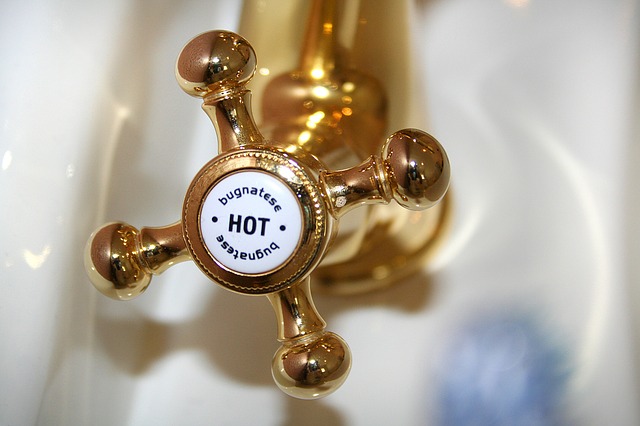Your water heater is a hard worker, and you should do what you can to help it along. Considering how miserable a cold shower is can be a powerful motivator to make sure that your water heater is in the best shape possible.
A maintenance item that you can put on your fall maintenance schedule is a water heater draining. With sediment building up in your water heater over time, operation will be impeded, and it could cause it to fail earlier than expected. Of course, there are some important things to keep in mind to avoid being burned by scalding hot water or having water flooding into your home, but it is a task that a homeowner could do on their own.
However, if you don’t feel confident to do it on your own, there is no shame in giving your plumber a call for help.
If you think you have what it takes to do it on your own, here are the steps to follow.
- Turn off the water supply and power.
- Let the water cool (wait at least a few hours).
- Attach a hose to the drain valve and run it outside.
- Open the drain valve (if you also open a hot water tap it will drain faster).
- Turn the water supply back on and let it run through the tank.
- Turn the water supply off, remove the hose, close the drain valve, and fill the tank back up.
To find out how often you should do this process, you can consult the manual for your water heater.


Recent Comments